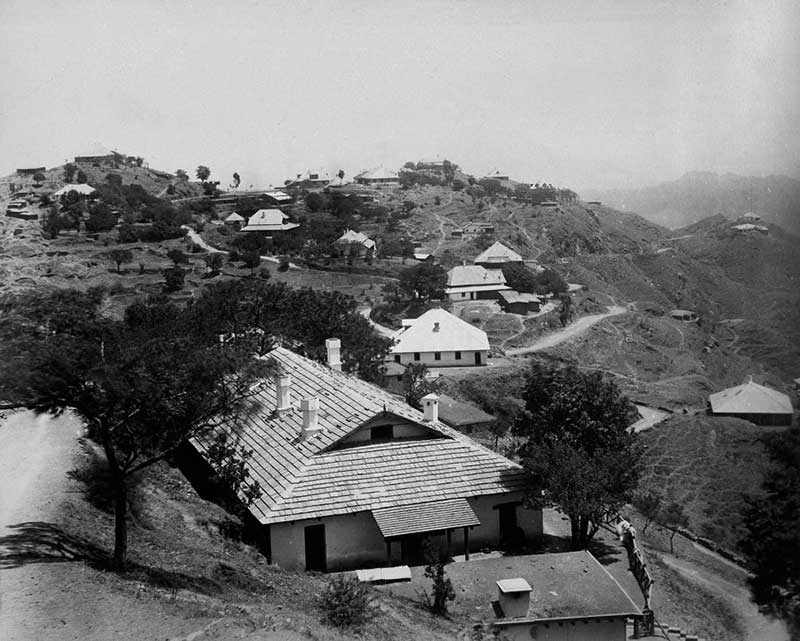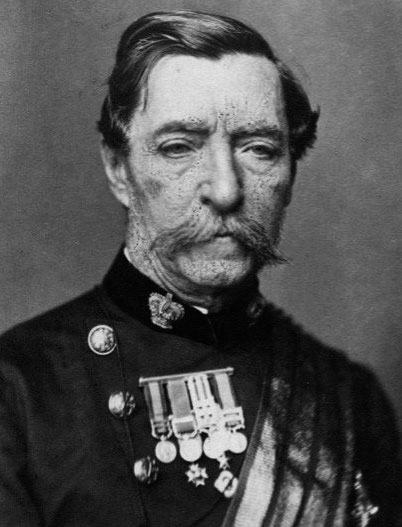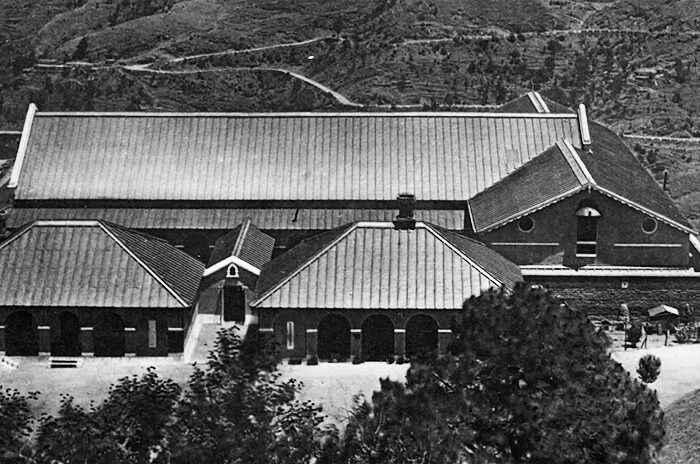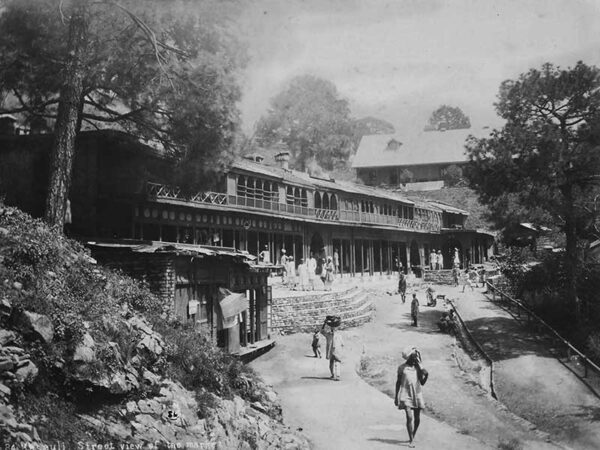British Connection
A Brief History
of
Dagshai

Legend has it that Dagshai got its name from Daag-e-Shahi. Criminals were stamped on their foreheads with royal marks (Daag-e-Shahi) and then released here. And as if continuing with the Mughal tradition, the Britishers built their notorious prison here in 1849…
Dagshai was the third cantonment, after Sabathu and Kasauli, to be established by the Britishers in the hills of Solan.
After defeating the Gorkhas in the Anglo-Gorkha war of 1814-15, Britishers had become the new masters of the Himachal hills and turned Sabathu into their headquarter for overseeing the affairs of the hills. To further strengthen their presence and to keep their troops at strategic locations and closer to the plains, the British started creating cantonments. Kasauli was founded in 1842 and Dagshai in 1847.
Napier chooses Dagshai hill

A year before it was founded, the Dagshai hill as a site for the cantonment was selected in October, 1846, by British army officer Robert Napier. Napier had also chosen the site for Ambala cantonment and overseen the entire construction work there.
Shortly afterwards Dagshai was founded after merging five villages — Dagshai, Dabbi, Bughtiala, Chunawag and Jawug. These villages belonged to friendly Patiala state, which transferred them to the British without charging any money.
And thus began the work on building Dagshai cantonment.
Two years later in 1849, the 22nd Cheshire Regiment, an infantry regiment of the British army, marched from Sindh to Dagshai and over the next decades many British regiments remained stationed here as bungalows were built for army officers and the village gradually turned into a town.
The population of Dagshai had reached 2407 by 1868 and further rose to 3642 by 1881. There were two cart roads that connected it to Shimla and the nearby Nahan town. Stone for building purposes used to be quarried from the Dagshai hills and transported to other parts, mainly Shimla.
Dagshai prison

The legend has it that Dagshai got its name from Daag-e-Shahi. According to this legend, in the Mughal days, criminals were stigmatized by stamping their foreheads with royal marks (Daag-e-Shahi) and then sent here and released in the forests as a punishment. Hence the name, Dagshai.
And as if continuing with the Mughal tradition, the Britishers built their notorious prison here in 1849, two years after founding Dagshai.
When built, it had space for 50 prisoners and was described as a ‘fine building’ in the Gazetteer of Simla District (1888-89). According to the gazetteer, “The military prison, a fine substantial building on the Western summit of the hill, can receive fifty prisoners.”
This prison would go on to witness inhumane torture and horror in its cells and bring Dagshai to international map after Irish revolutionary leader James Daly was executed here in 1920 and Mahatma Gandhi spent a night in the jail in a gesture of moral support to the Irish cause.
This prison today is a museum and Dagshai continues to be a cantonment.





Dagshai served as a rest camp or sanatarium for prisoners of war held at Ahmednagar during the First World War. It operated from 1914 to mid 1917 and could hold up to 85 prisoners. Typically they would stay for six weeks and then be return to the Ahmednagar PoW camp and others would be sent to Dagshai.